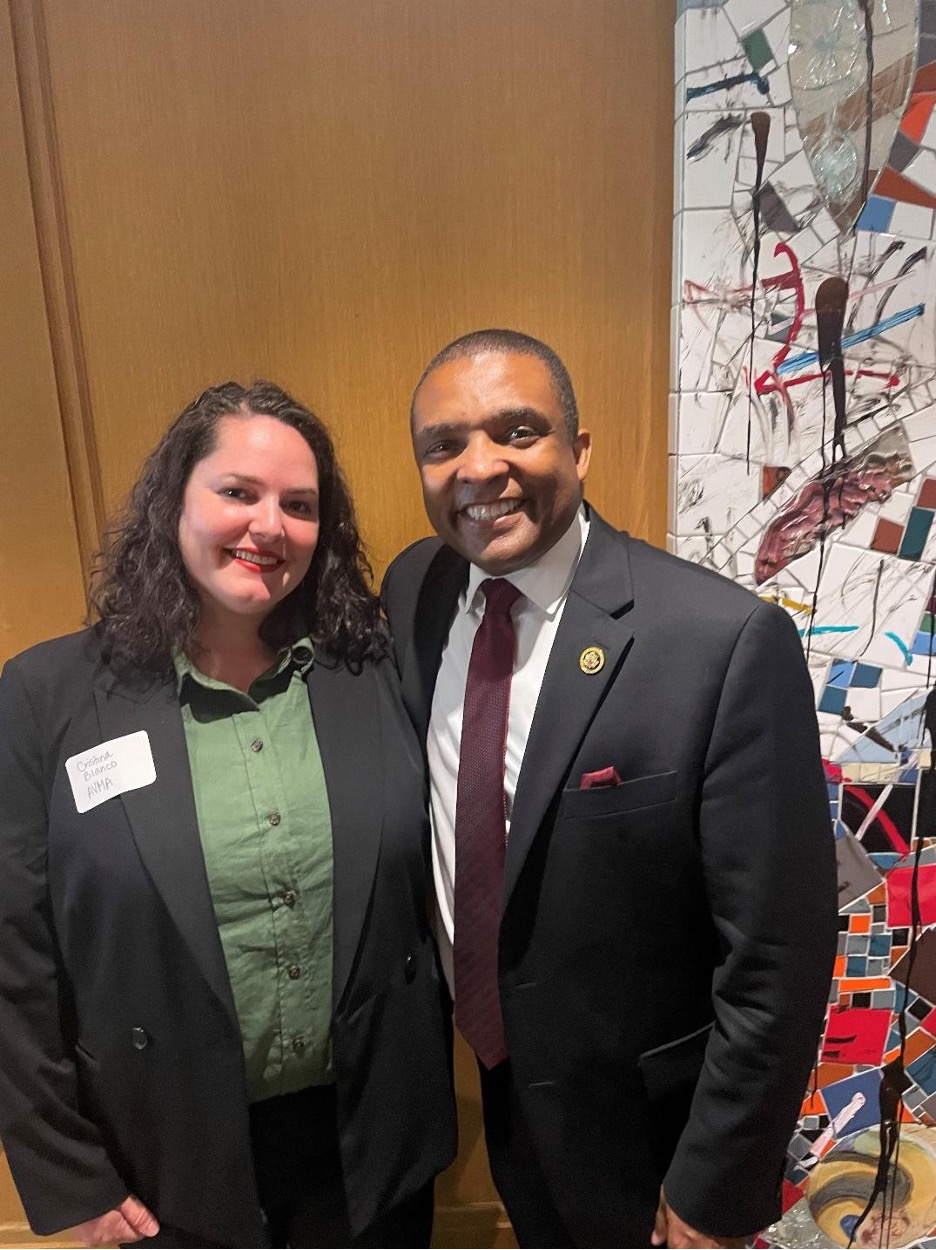STUDENT EXPERIENCE: THAILAND
 Wednesday, August 9, 2023 at 12:00PM
Wednesday, August 9, 2023 at 12:00PM Submitted by Holly Schwarzman, Ross University
Thailand Elephant Medicine Externship - A Ton to Think About!
"Over the past spring break, I was provided the opportunity to take a trip to Chiang Mai, Thailand to study elephants. This experience was planned with ZEW (Zoo, Exotics, and Wildlife) club at Ross University through Loop Aboard's externship program. This experience allowed 9 students to delve into the fascinating realm of elephant medicine.
 While on the trip we visited two sanctuaries- one was a protected contact and the other being free contact with the elephants. This gave us the opportunity to see how two different types of sanctuaries were run and how the elephants displayed different behaviors with diverse environments.
While on the trip we visited two sanctuaries- one was a protected contact and the other being free contact with the elephants. This gave us the opportunity to see how two different types of sanctuaries were run and how the elephants displayed different behaviors with diverse environments.
BEES (Burm &Emily Elephant Sanctuary) was the first one we visited. This sanctuary is run in completely closed contact with the elephant. This means that tourists are to observe elephant behavior from a far and no touching of the elephants is permitted by anyone other than the veterinary team or elephant handler. We were able to do elephant hikes into the forest to see them display natural behaviors and how they interacted in a social manner. Additionally, we completed an enrichment project that provided the elephants a means of cognitive entertainment and mental stimulation.
Ran-tong- Save and Rescue Elephant Centre was the second sanctuary we visited. This one was run much different than BEES. Ran-tong allowed for free contact with the elephants as long as the handler was nearby. Tourists were able to touch and feed the elephants and the elephants were given specific instructions by their handler on how to behave. This was a much different scenario as the free contact can be increasingly more dangerous if the elephant decides to disobey the handler. They did not allow riding of the elephants and the elephants were allowed to not participate in activities if they did not choose.
While at the sanctuary, the program allowed us as vet students to get a more in depth look at the aspects that go into elephant medicine. We were given multiple lecture series over various aspects of elephant care. Topics ranging from, husbandry, behavior, diet, physiology, anatomy, preventative care, surgery and anesthesia were some of the subjects covered. On top of the courses, we were able to do hands activities as well. We were able to do foot care, training sessions, fecal collection, blood smear analysis, intramuscular vitamin injections and I was even able to collect blood from the auricular vein!
During the two-week program, we were instructed to create a public service announcement promoting conservation and education on the issues that elephants face. With both African and Asian elephants being listed as endangered, it's important to bring awareness to this issue by sharing the knowledge we have as veterinarians with others. I was able to create an educational pamphlet on the reasons why elephant numbers are declining and what we can do to help.
 One of the major causes in the decline of the elephant populations has to do with humans- animal conflict leading to poaching, habitat loss, and illegal trading of elephant parts. This is a challenge in most areas of the world as the human population increases and encroaches on other animal’s habitats. Some ways to alleviate this conflict is to make stricter regulations on poaching and try to draw attention to the fact that we can live in harmony with the elephants.
One of the major causes in the decline of the elephant populations has to do with humans- animal conflict leading to poaching, habitat loss, and illegal trading of elephant parts. This is a challenge in most areas of the world as the human population increases and encroaches on other animal’s habitats. Some ways to alleviate this conflict is to make stricter regulations on poaching and try to draw attention to the fact that we can live in harmony with the elephants.
Creating sustainable places for tourists to visit and see/ learn about the dangers these magnificent creatures face helps to encourage more people to care about the status of elephants. Sanctuaries like the two we visited work diligently to bring this notion to light. Additionally, elephants are a keystone means and they are an essential part of the ecosystem. As their numbers dwindle it will leave a lasting impact on the human population, and the biodiversity of other species as well.
While I learned a vast amount of information and greatly enjoyed the program overall, it really brought light to the issues many wild species are currently facing. This externship has motivated me to continue to pursue a career in the field of conservation medicine as I move through my DVM course. Hopefully one day I will be able to accomplish my goal of bringing awareness to the despite need to protect this wonderful species."
 Externship,
Externship,  study abroad,
study abroad,  wildlife in
wildlife in  Experiences
Experiences 



















